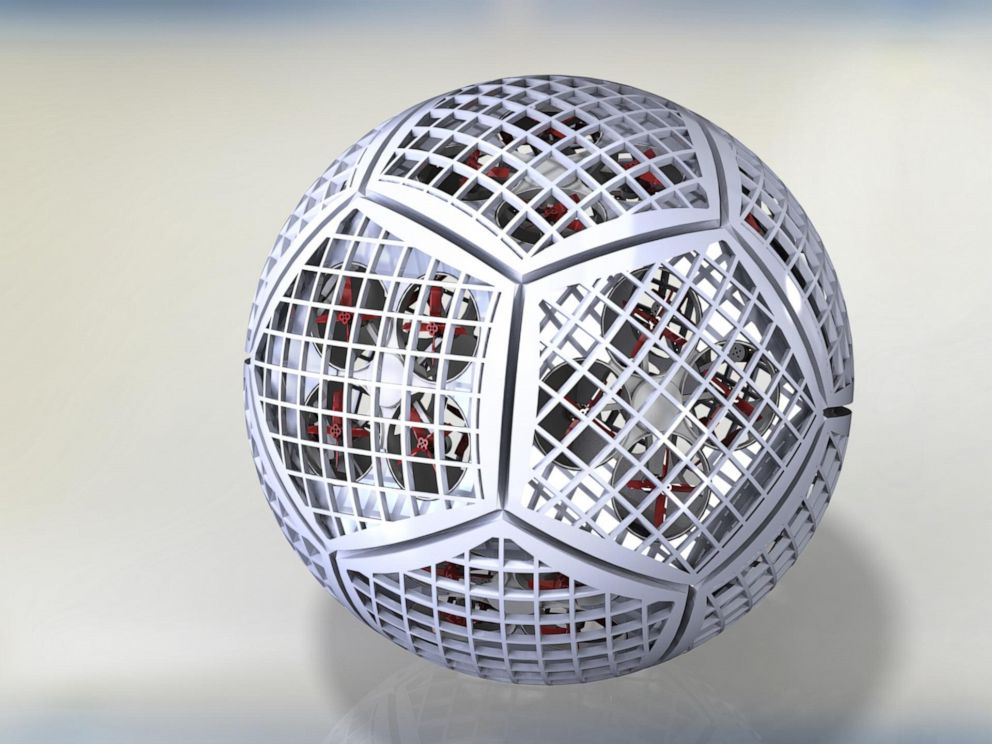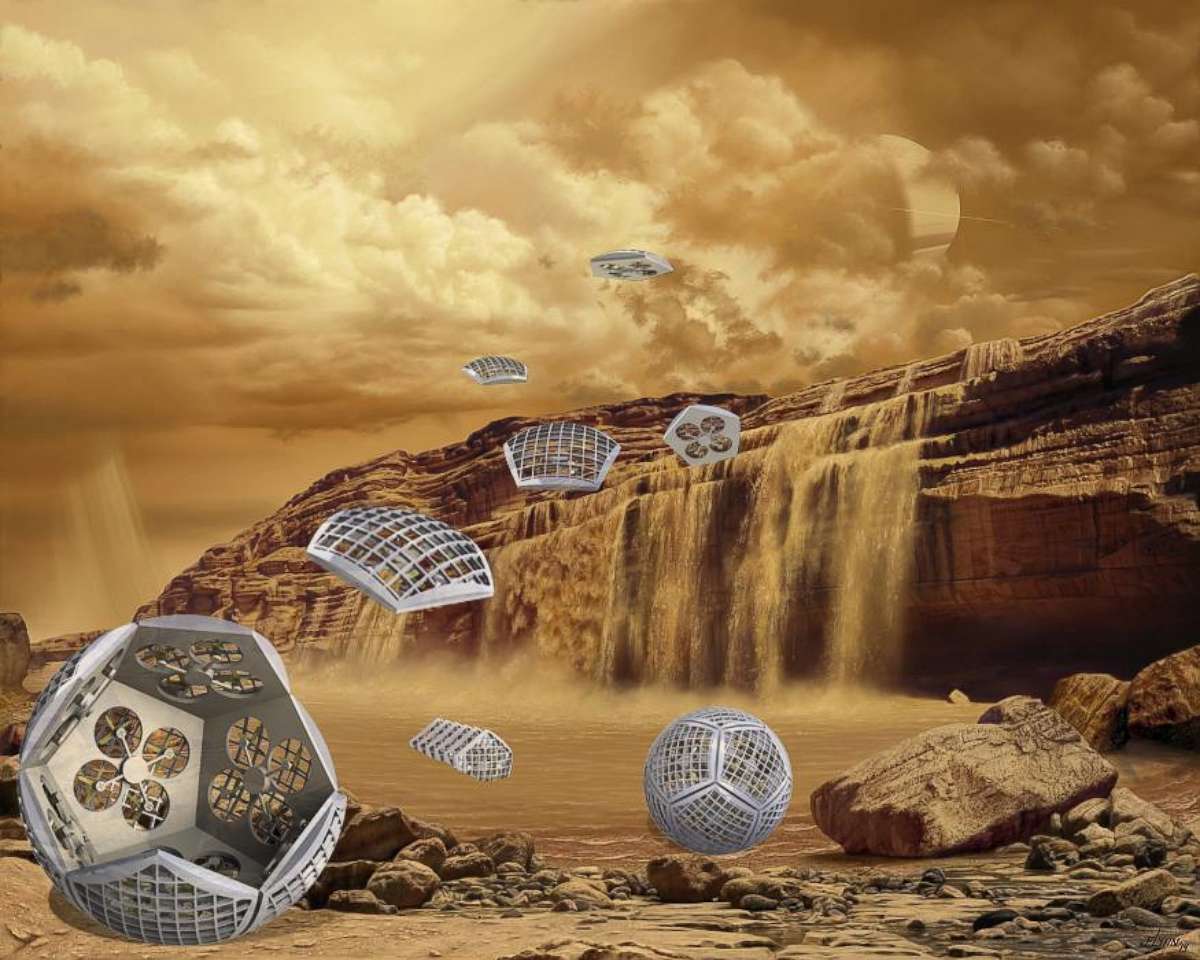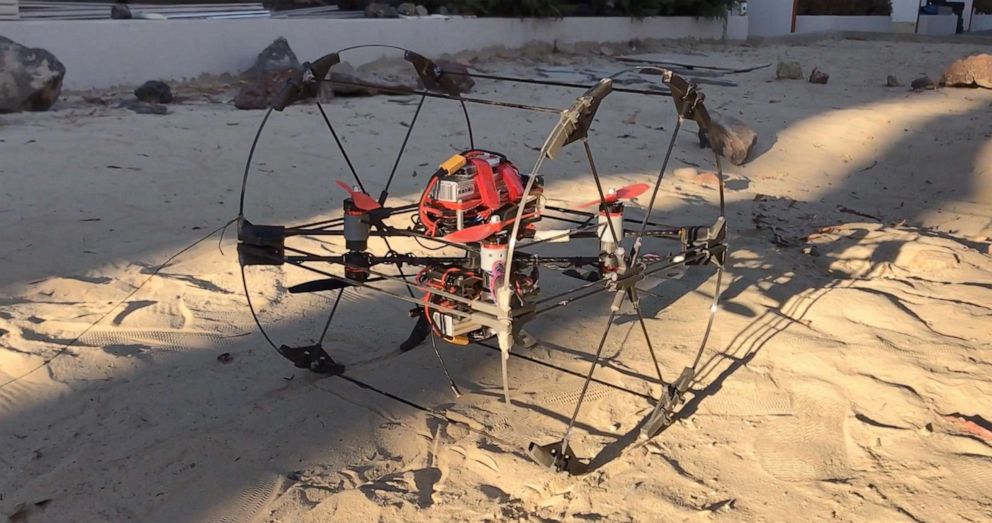NASA working on an 'amphibious robot' that can fly, swim and roll to explore outer space
The Shapeshifter looks like a science fiction project come to life.
Science fiction is coming to life in NASA's latest space-exploring robot dubbed the Shapeshifter, a "flying amphibious robot" that researchers hope can roll, fly, float and swim as it explores distant worlds.
A team of researchers at NASA's Jet Propulsion Laboratory is in the process of testing a 3D-printed prototype of the robot in Pasadena, California, according to NASA.
NASA described the robot as "a contraption that looks like a drone encased in an elongated hamster wheel" which can roll and then split in two, according to a statement. Once split apart, "the two halves rise on small propellers, effectively becoming flying drones for aerial exploration."

The researchers are designing up a series of a dozen robots that could also transform into a "swimming probe."
While still in its earliest stages of development by the NASA Innovative Advanced Concepts research program, Ali Agha of the Jet Propulsion Lab hopes to see the mini robots explore Saturn's moon, Titan, one of the only other places known to have liquid (in the form of methane seas) on its surface.

"We have very limited information about the composition of the surface," Agha said in a statement. "Rocky terrain, methane lakes, cryovolcanoes - we potentially have all of these, but we don't know for certain."
"So we thought about how to create a system that is versatile and capable of traversing different types of terrain but also compact enough to launch on a rocket," Agha added.

While the Shapeshifter is semi-autonomous, in future designs it will rely on fellow robots that can "auto-assemble without needing commands from Earth," according to NASA.
"Shapeshifter's remarkable versatility enables access to all of these scientifically compelling places," Jason Hofgartner, the lead scientist for the Shapeshifter at the Jet Propulsion Lab added in a statement.
While researchers are hard at work on designing the Shapeshifter, NASA's next mission to Titan is not scheduled to launch until 2026.




